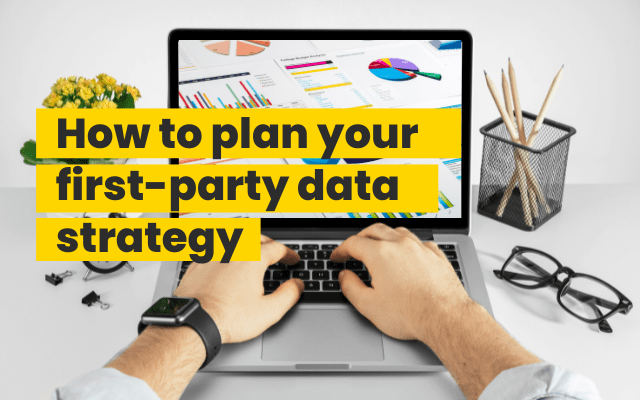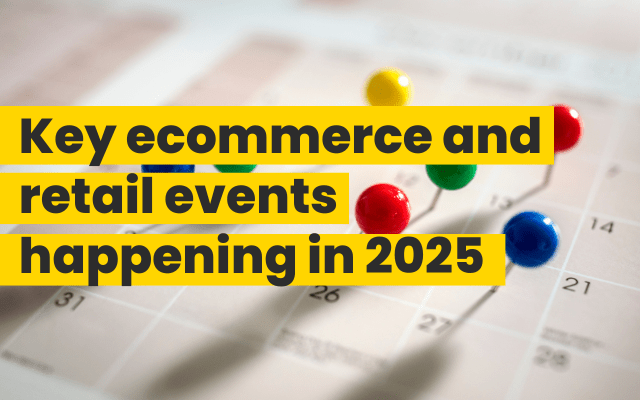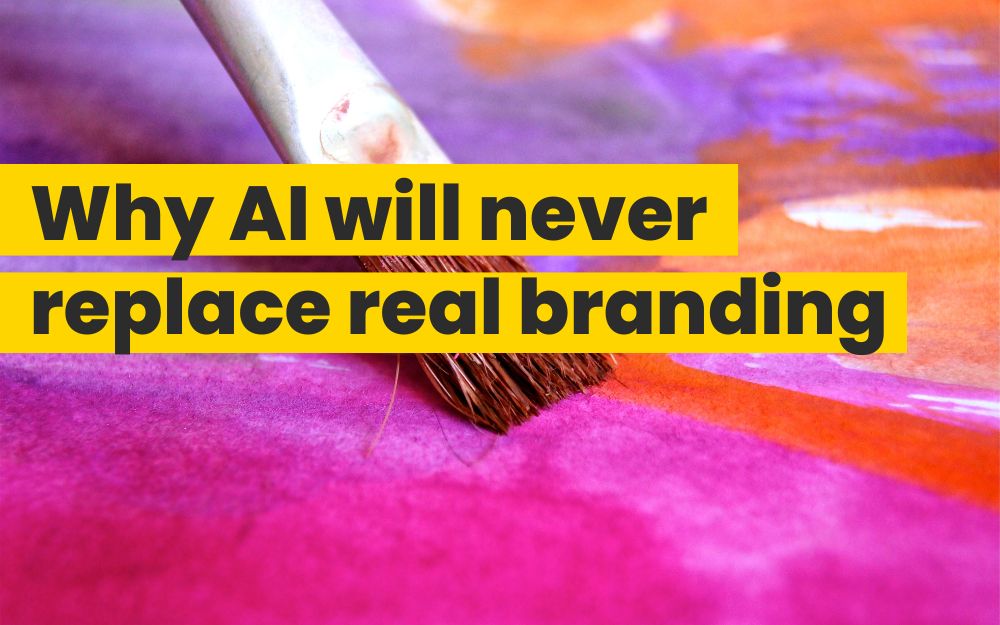Social media marketing has become one of the pillars of most digital marketing strategies today. A comprehensive social strategy will consist of paid and organic social, however, we want to delve into the fundamentals of optimising your paid social media campaigns. Quite simply, paid social is paying to display sponsored content that targets specific audience groups on third-party social media platforms such as Facebook and Instagram.
When setting up your paid social campaign, you will need to allocate your budget across the varying social channels. As an industry average, Facebook has the highest social media ad spend of all social media channels, however different social channels are better suited to different styles of ad campaign or audience segmentation.
So, once you have the foundations of your paid social campaign set up, you may be left wondering, how can I make paid social work for me? Here is our guide on how to successfully optimise your paid social campaigns.
Establish your target audience
Marketers have the option to choose their target audiences on social channels such as Facebook based on age, demographic, location etc. Therefore, when you are creating your paid social campaign, you need to establish exactly who your target audience is to understand who you should be targeting. As a digital marketer, take advantage of the social targeting tools as your adverts will appear in front of the correct audiences, increasing your chance of conversions.
Produce several creative ad copies
Writing ad copy can be challenging, however, if you want to learn from your social campaigns and see which your target audience prefer and convert with, it’s important multiple variations, and allow the social algorithms to do their job. The varieties between the copies can be something as simple as a different CTA targeted at your different ad groups or a change in tone.
Cover your audience’s pain points
It may seem obvious that the idea of paid social is to sell your products. However, you should look at it from another angle. You want to sell benefits, not the product. You can do this by covering your audience’s pain points in the advert and explaining to them how by buying your product, they will experience the benefits that counteract their pain points.
Clear, concise – and straight to the point
Keep the messaging on your adverts clear, concise, and straight to the point. Avoid large blocks of wording on the advert, you can put that on the landing page that you can direct your consumer to.
Similarly, using emojis in your messaging can be quite successful. However, you will want to choose wisely which ones you use. Avoid using angry-looking emojis or ones that could be deemed as inappropriate – no aubergines!
Make sure to include a CTA
More times than we care to admit, we see ad copies that have not included a CTA which directs the consumer on what to do next.
Although it may seem obvious to you as the marketer that your advert is there to serve a specific purpose such as a ‘click the link’, it isn’t obvious to your consumer and can have a negative impact on the success of your ad campaign. Including a CTA that lines up with your campaign goals will increase your click-through rate and overall success of the ad.
Keep your creative regularly updated
Social trends and social consumer interests change quicker than any other marketing platform, so it’s vital you keep your creative updated and fresh. Good practice is to create a calendar of creative rotation, where you can store a stock of imagery, headlines, and captions to quickly and easily build a new creative.
Make an impression
You have approximately 3 seconds to attract the attention of a user on social media, so make sure that your advert is gripping and gets a strong message across quickly.
Get your imagery right
Imagery in your adverts is highly important, but they need to be engaging. Imagery with people rather than objects has proven to be more successful as people buy from people and you will build more relational trust with the consumer.
Following within imagery is your colour scheme. The colour yellow is one of the most successful colours to use in a social ad campaign for two reasons. One is that it is a happy, inviting, eye-catching colour. Reason two is that it is the opposite of blue on the colour wheel, making it stand out from Facebook’s colour scheme more vividly. You should avoid using large blocks of blue by this theory as it blends in too much with the social platform.
Promote. Your. Content.
One of the best tools available at your disposal is the Facebook lead gen ad type. This tool is highly effective and will aid your conversion rates for content downloads. However, you want to ensure that the content you are producing is relevant to your target audience, as wasting budget to reach an audience that isn’t interested in your products is a waste of time and marketing efforts.
Analyse your data
You want to make sure you are analysing the data correctly and generating a report to assess what is working and what isn’t, which can then be used to implement your future paid social strategies. Make sure you track all of your conversion data from across your campaigns to ensure you have all the ROI data, which will provide more accurate insights for your future strategies.
Expand your lookalike audiences
Social channels such as Facebook and Instagram have tools that generate a lookalike audience of users who have similar interests and attributes to your best customers. These consumer sets can be extremely useful when it comes to expanding your audiences and increasing your conversions for ROI.
Keep an eye on the top of the funnel metrics to make sure you’re getting the best ROI, and if your CPC is too high, then your target audience isn’t optimised correctly and will need adjusting.
You also need to think about the nature of your products. An everyday product will have a greater chance of quick conversions on a paid social ad. A luxury product or service may need some more persuasion to purchase, so you may want to factor in a stack of retargeting ads. Average consumer spend will give an indication of how much of your marketing budget you want to put into your paid social ads.
For more best practice advice and guidance on how to set up paid social ads or for support on your latest campaigns, get in touch with the BOSCO™ team by sending us an email to team@askbosco.io
If you’d like to save tonnes of time and have a clear view of digital marketing performance, book a 15-minute demo.




